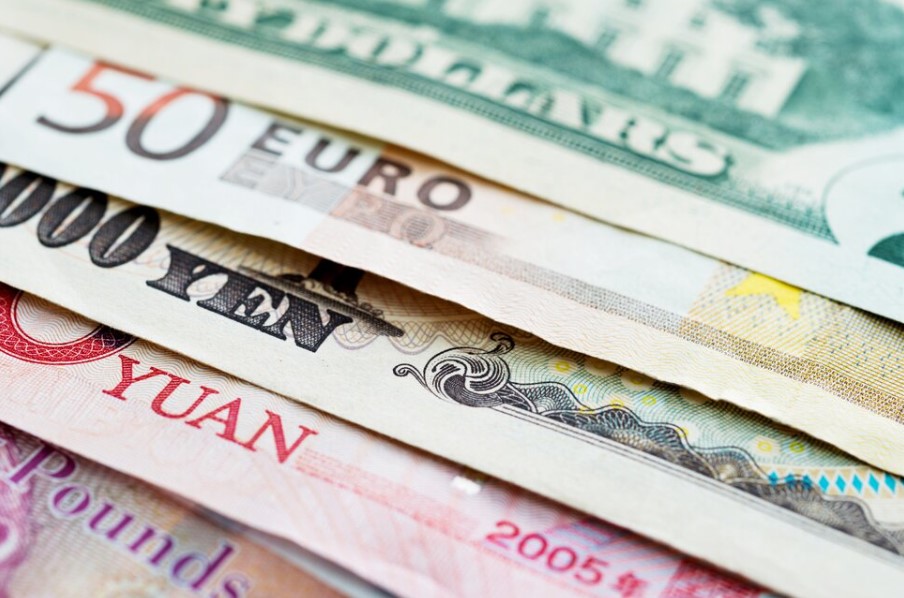
Are you looking to diversify your foreign exchange (FX) portfolio? It can be not easy to decide what mix of currencies is best for your trading goals. One way that has been made easier with modern technology is distinguishing between hard and soft currencies when looking to create a successful FX portfolio.
This article will explore the essential differences between these two currencies, how they affect portfolios, and which ones may best suit different investment strategies. We’ll also look at various pros and cons of each currency type to decide on the best fit for achieving optimal results.
Exploring the different types of currencies and their relative strengths
The forex market is a constantly changing landscape where traders seek opportunities to profit from the fluctuating value of currencies. To be successful in this market, it’s essential to understand the various types of currencies and their relative strengths. In addition to major currencies like the US dollar, Euro, and Japanese yen, there are also exotic currencies from emerging economies like Brazil, Turkey, and South Africa.
Each currency has unique economic and political factors that can impact its value. By exploring these factors and understanding the different types of currencies, traders can make informed decisions and potentially earn substantial profits in the exciting world of forex trading.
Understanding the implications of hard vs. soft currency
The two main types of currencies are hard and soft currencies. Hard currencies are usually more stable and have greater purchasing power than soft currencies. They also tend to hold their value over time, which makes them attractive to investors looking for a safe place to store their money. Soft currencies, on the other hand, are characterised by higher inflation rates and greater volatility in both their exchange rate and value.
The primary difference between hard and soft currencies is their relative strength and stability over time. Hard currencies tend to be more reliable investments as they are less impacted by external economic or political forces, which can cause sudden shifts in the value of a currency. It makes them ideal for investors looking for long-term gains or capital preservation.
Soft currencies, on the other hand, can be seen as riskier investments due to their higher volatility. However, they also offer more significant potential for short-term gains as their value is more prone to sudden changes.
Examining how global events can affect the trading value of different currencies
Global events constantly influence the forex market. It means that political and economic changes in other countries can impact even the most stable hard currencies. For example, news of a recession or natural disaster in another country can cause investors to shift their funds away from the affected currency and into safer alternatives.
In addition, geopolitical tensions between two countries can also impact the value of their respective currencies. It is especially true if one currency is pegged to another, such as the relationship between China and Hong Kong’s currencies.
Developing a portfolio strategy tailored to your specific goals and risk appetite
When building an FX portfolio, it’s essential to consider both hard and soft currencies to diversify your investments. Investing in various currencies can protect their portfolios from sudden changes caused by global events or economic downturns.
Tailoring your investment strategy according to your specific goals and risk appetite is also essential. Investing in a mix of soft currencies may be the best option if you are looking for short-term gains and are comfortable taking on more risk. On the other hand, hard currencies may be the way to go if you want to preserve capital and build long-term wealth.
Analysing market sentiment and potential opportunities in different regions
In addition to considering the various types of currencies, it’s also important to analyse market sentiment in different regions. It can help investors identify opportunities and develop a trading plan tailored to their unique goals and risk appetite. By considering factors such as economic indicators, political developments, and geopolitical tensions, traders can gain insight into which regions may be poised for growth and where there may be potential risks.
Finally, staying informed on the latest news and developments related to global currencies is crucial to making the best trading decisions. By doing this, investors can ensure they are making well-informed decisions and capitalising on any potential opportunities that arise in the markets.
Utilising historical analysis to predict future trends in FX markets
Historical analysis is another essential tool in predicting future trends in FX markets. By examining past trading patterns and considering factors such as government policies, economic indicators, and geopolitical tensions, traders can gain valuable insight into potential opportunities and develop a strategy tailored to their risk appetite.
In addition to looking at historical data, traders should stay current on current news and developments that could potentially affect the market. It ensures they are making informed decisions and capitalising on any potential opportunities that arise in the markets.

